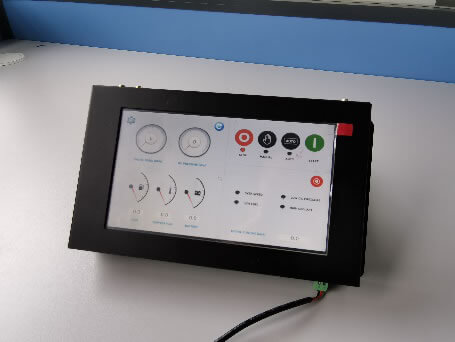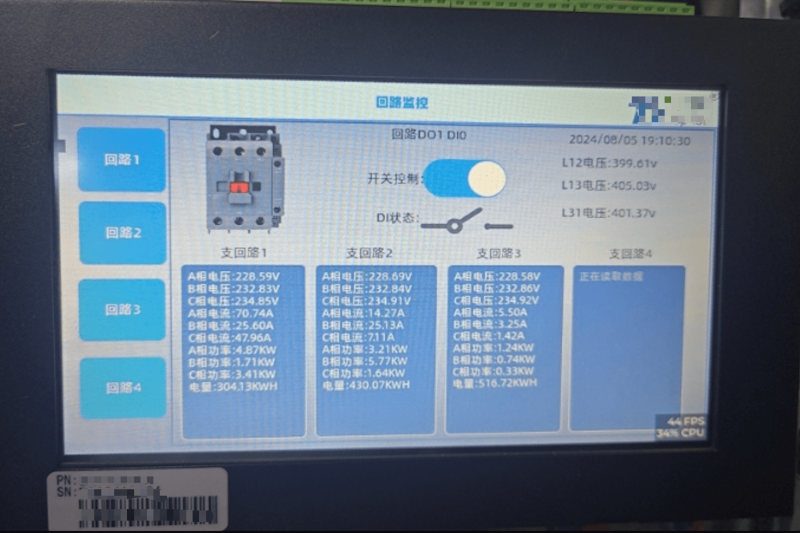Differences and Advantages Between Qt and LVGL
In the world of software development, especially in the realm of graphical user interfaces (GUIs), two libraries have gained popularity among developers: Qt and LVGL (Light and Versatile Graphics Library). While both serve the purpose of creating user interfaces, they are tailored for different use cases and come with their unique sets of advantages. This article delves into the key differences and benefits of each library.
Overview of Qt
Qt is a comprehensive cross-platform application development framework primarily designed for developing GUI applications. It provides a wide array of functionalities beyond UI design, including support for networking, database interaction, and 3D graphics. Qt is built with C++ but also has bindings for various other programming languages.

Advantages of Qt:
1. Rich Widget Set: Qt comes with a vast collection of pre-built widgets and components, making it easier for developers to create complex user interfaces.
2. Cross-Platform Compatibility: Qt applications can run on multiple platforms such as Windows, macOS, Linux, Android, and iOS, which greatly simplifies the development process.
3. Integrated Development Environment (IDE): Qt Creator, the official IDE for Qt, offers robust tools for designing, coding, and debugging applications.
4. High-Level Abstractions: Qt provides high-level APIs that abstract away many lower-level programming details. This allows developers to focus on application logic rather than hardware specifics.
5. Community and Documentation: Qt has a large community and extensive documentation, making it easier for developers to find help and resources.
Overview of LVGL
LVGL is a lightweight graphics library specifically designed for embedded systems and IoT devices. Its focus is on providing a minimalistic and fast solution for rendering user interfaces on devices with low memory and processing power.

Advantages of LVGL:
1. Lightweight and Efficient: LVGL is designed to be robust yet lightweight, making it ideal for microcontrollers and devices with limited resources.
2. High Performance: The library is optimized for performance, rendering UI elements quickly, which is crucial in embedded applications where responsiveness is key.
3. Memory Management: LVGL offers fine-grained control over memory usage, allowing developers to optimize their applications for specific hardware constraints.
4. Customizable and Flexible: Developers can easily customize the look and feel of their interfaces, making it suitable for various applications ranging from industrial devices to consumer electronics.
5. Designed for Embedded Systems: LVGL is tailored for embedded development, with features specifically aimed at handling touch, sliders, and other typical UI components found in such applications.
Comparison of Qt and LVGL
| Feature | Qt | LVGL |
| Target Platform | Desktop, Mobile | Embedded Systems, IoT |
| Resource Use | More resource-intensive | Lightweight and efficient |
| APIs | High-level abstractions | Low-level control |
| Widget Set | Rich and extensive | Basic, customizable |
| Community Support | Large and diverse | Growing, niche community |
| Development Tools | Qt Creator IDE | Minimal tooling |
Conclusion
Choosing between Qt and LVGL largely depends on the specific needs of the project. If you’re developing a full-fledged application that requires a rich user interface across multiple platforms, Qt is an excellent choice. It offers a powerful set of tools and libraries to help developers create complex applications with ease.
On the other hand, if your focus is on developing for resource-constrained embedded systems, LVGL is the better option. It provides the necessary tools for creating efficient and responsive user interfaces while keeping resource usage to a minimum.
Both Qt and LVGL have their strengths and cater to different developer needs. Understanding these differences will help you make the right choice for your project. Happy coding!
Related article:
Enhancing User Experience with LVGL on the Bivocom Touch Screen IoT Gateway TG462S




Comment